Photos: Video game consoles gallery
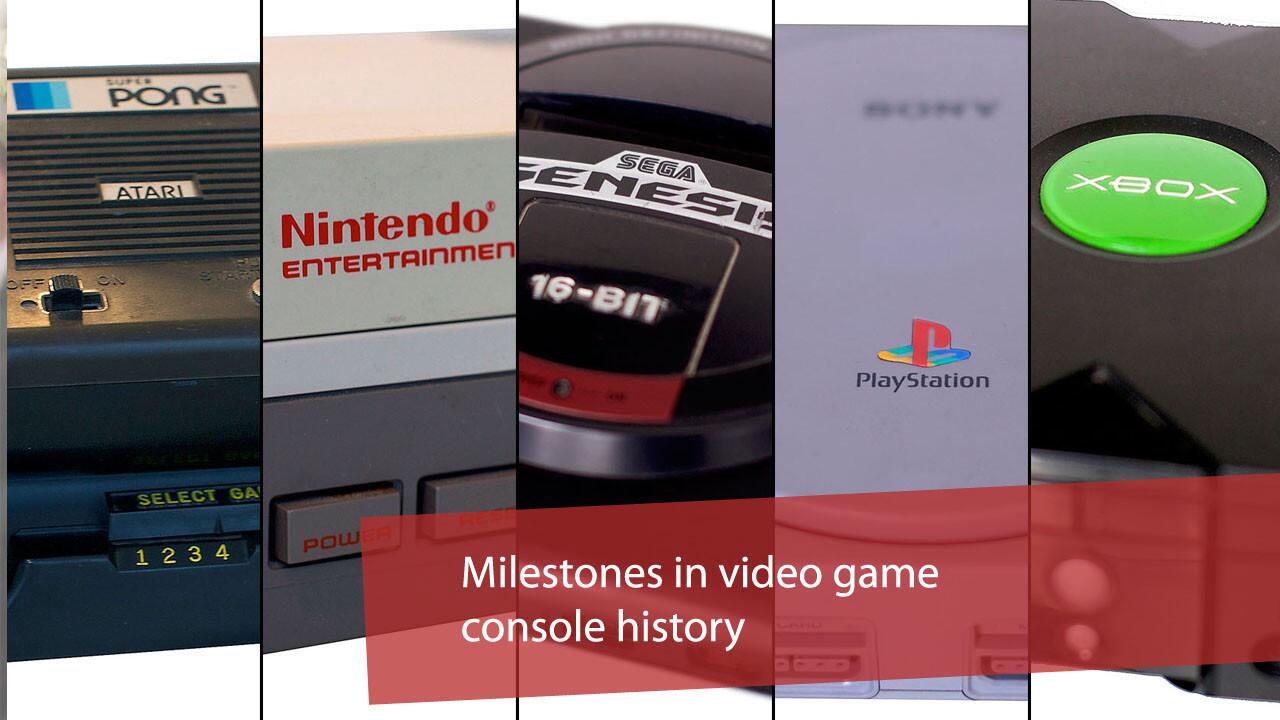
Click through the gallery below for a few of the milestones in the evolution of video game consoles.
(William Lu / For The Los Angeles Times)Milestones in the evolution of video game consoles.
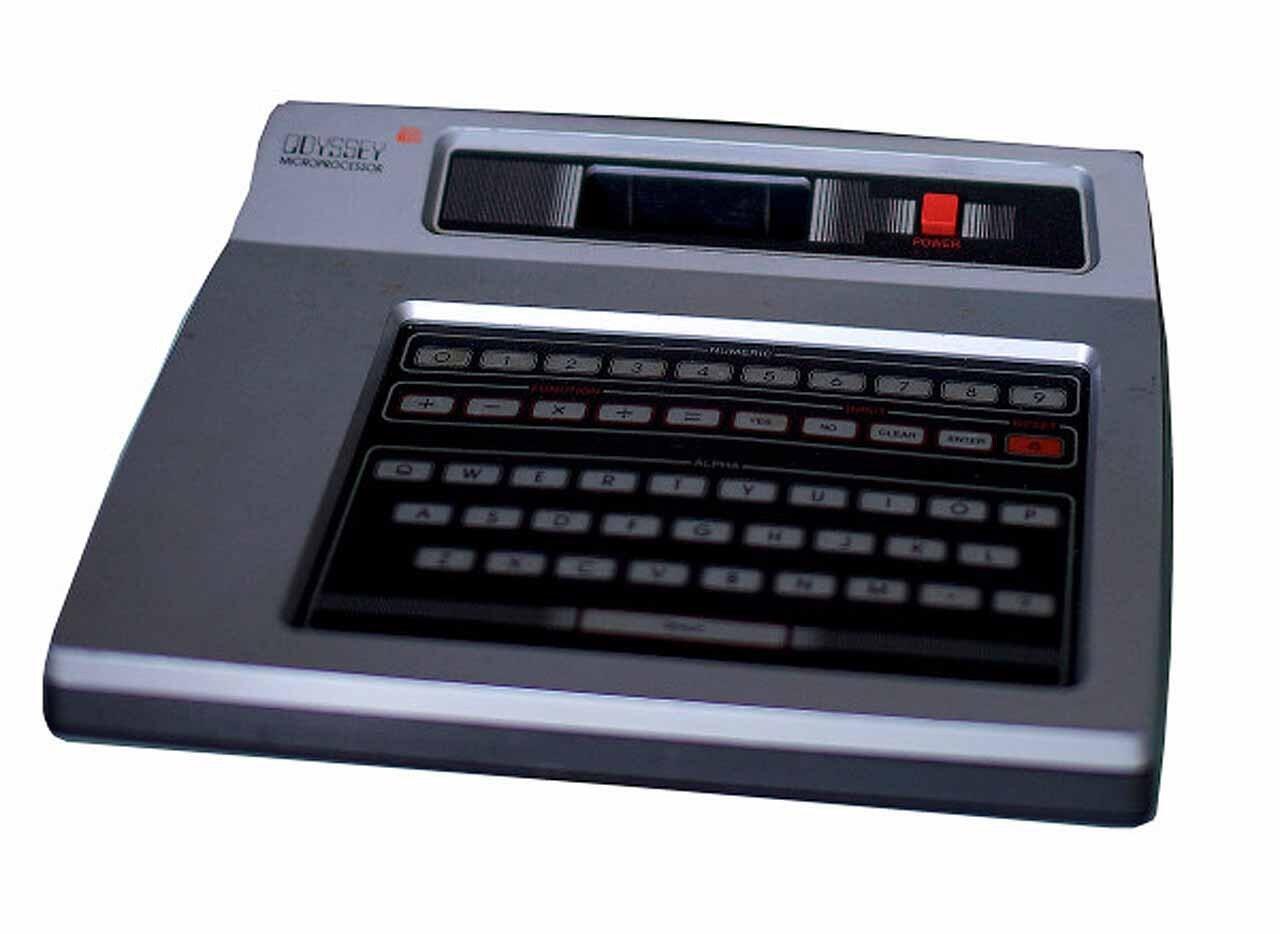
1972: Ralph Baer’s Brown Box was licensed to Magnavox and released to the North American public as the Magnavox Odyssey, which came with poker chips, dice and score sheets. Its 1978 successor, the Odyssey² (shown here), did even more to fuse board games and video games, releasing a series of fantasy, conquest and strategy games that each came with a board.
(William Lu / For the Times)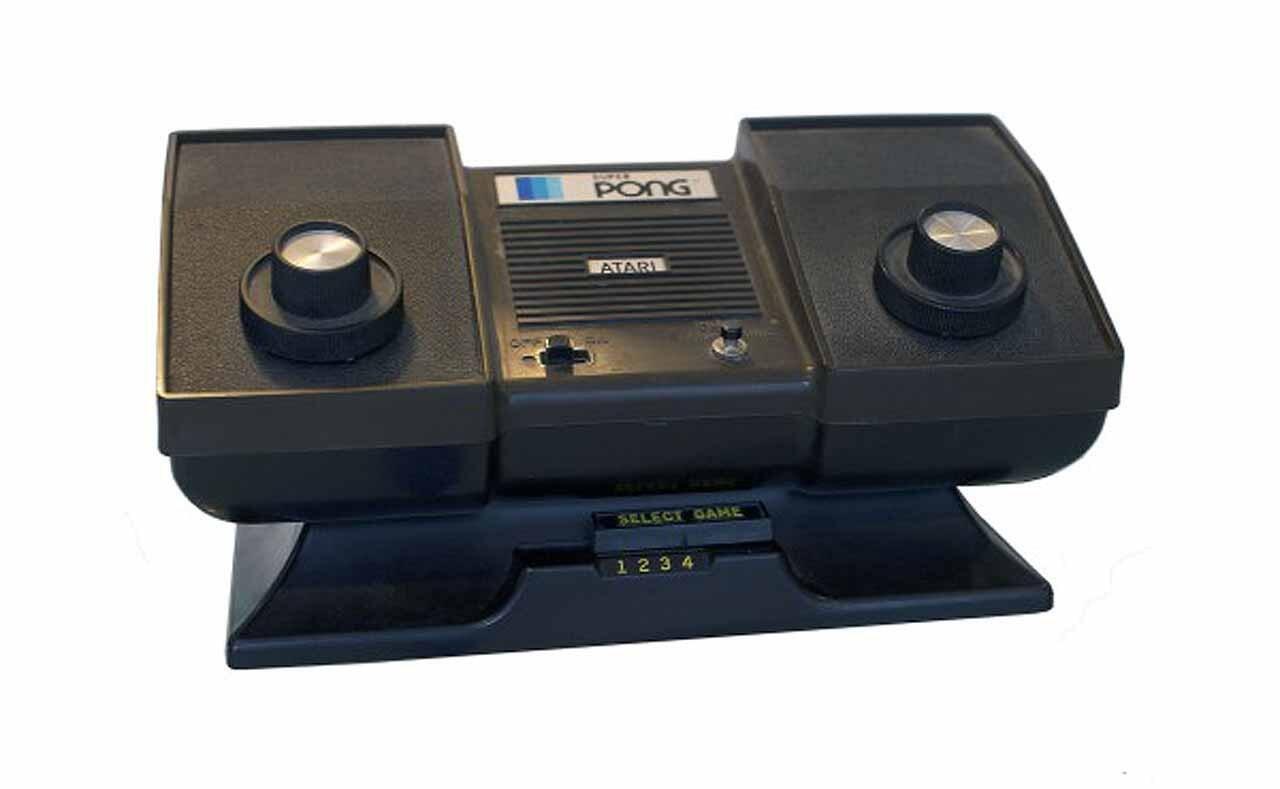
1975: In the early 1970s, Atari co-founders Allan Alcorn and Nolan Bushnell created the arcade game “Pong” based on the Odyssey’s electronic pingpong game (resulting in a suit and licensing fees). Atari’s 1975 “Pong” home console became the first commercially successful video game and spawned several sequels, including 1976′s “Super Pong” (shown here). But it was 1977′s Atari 2600 that popularized home consoles and kicked off the industry.
(William Lu / For the Times)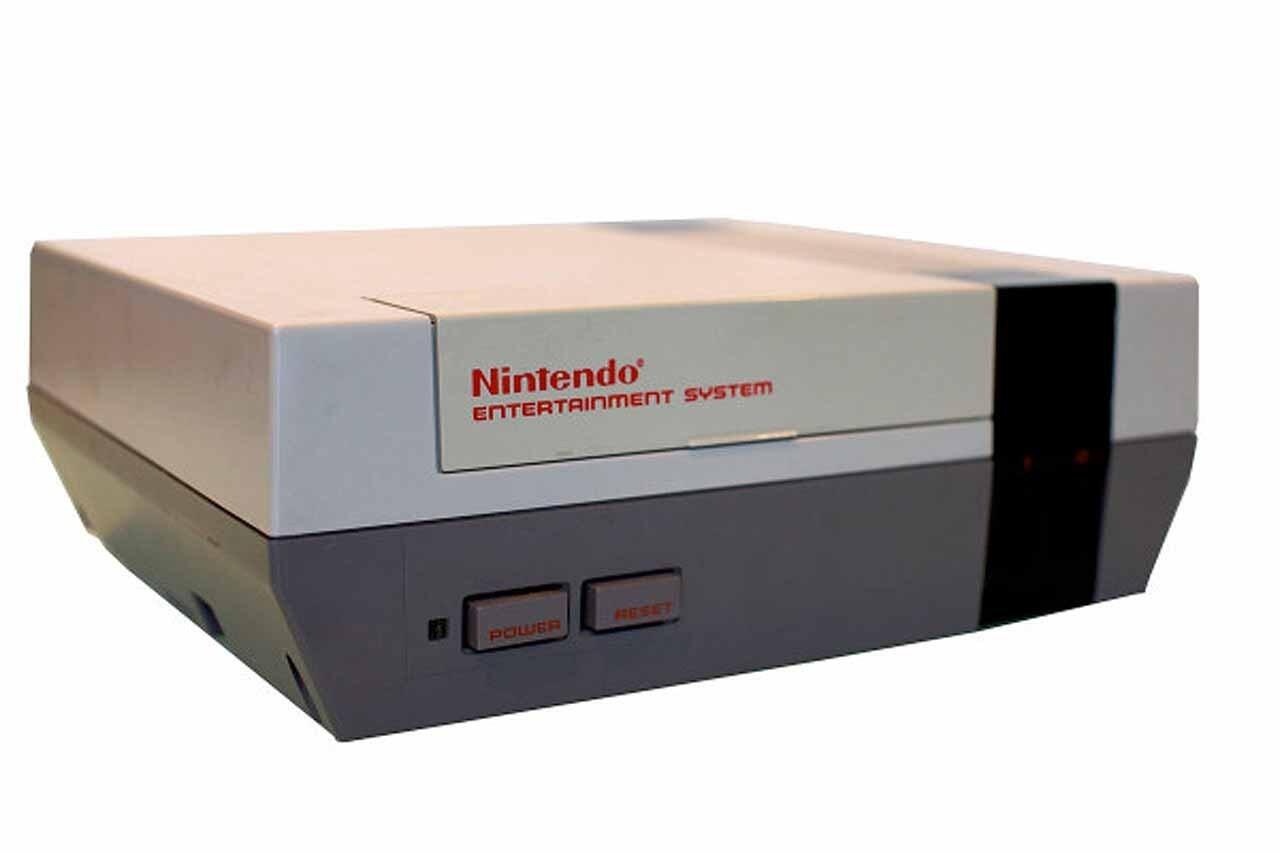
1985: A glut of poorly received games and an increase in home computer use led to a crash in the video game console industry in the early 1980s, but the Nintendo Entertainment System revitalized the market. Among the system’s launch games were “Duck Hunt,” “Donkey Kong Jr Math” and “Super Mario Bros.” Mario, the game’s mushroom-jumping plumber, became the first game mascot and an iconic figure in pop culture.
(William Lu / For the Times)Advertisement
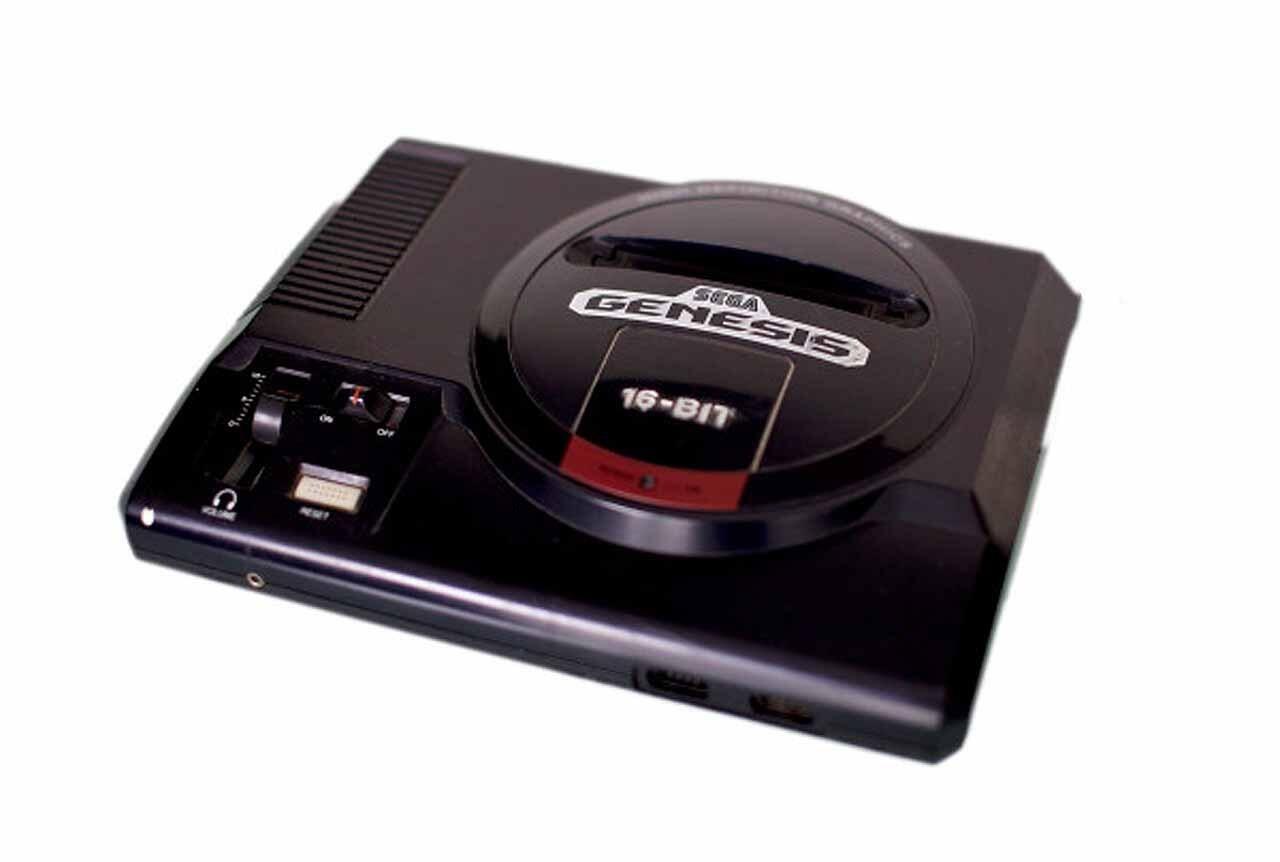
1989: Though Sega entered the market with its 1986 Sega Master System, it was the Sega Genesis that cemented the company’s place as a serious rival for Nintendo. The company adopted the edgy Sonic the Hedgehog as its mascot, sold more mature games and marketed the Genesis as the more powerful, “cool console” with the slogan, “Genesis does what Nintendon’t.”
(William Lu / For the Times)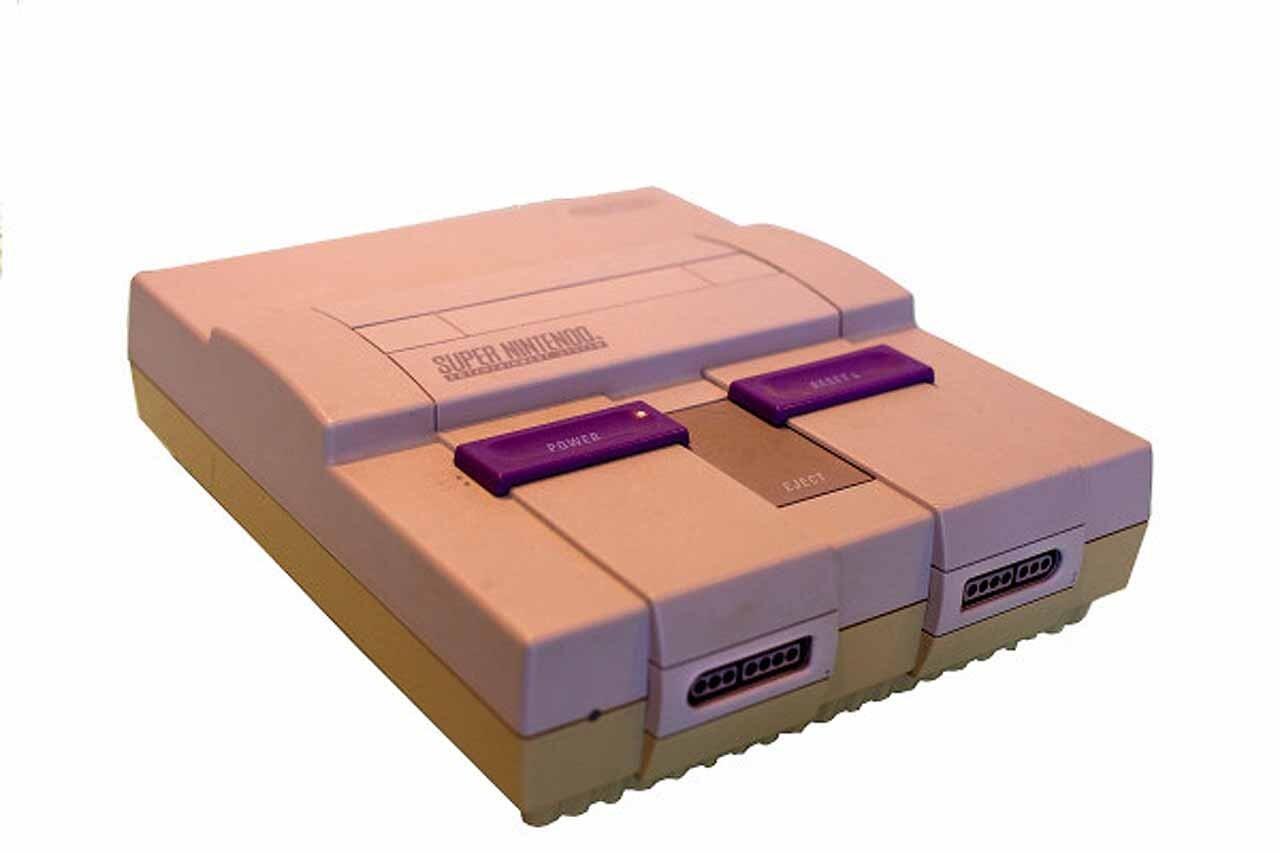
1991: Nintendo fought back with the Super Nintendo Entertainment System, which featured extremely successful games including “Street Fighter II” and “Donkey Kong Country.” The company also released sequels that helped create franchises of popular titles like “Metroid” and “Final Fantasy.” The SNES is still beloved by game enthusiasts.
(William Lu / For the Times)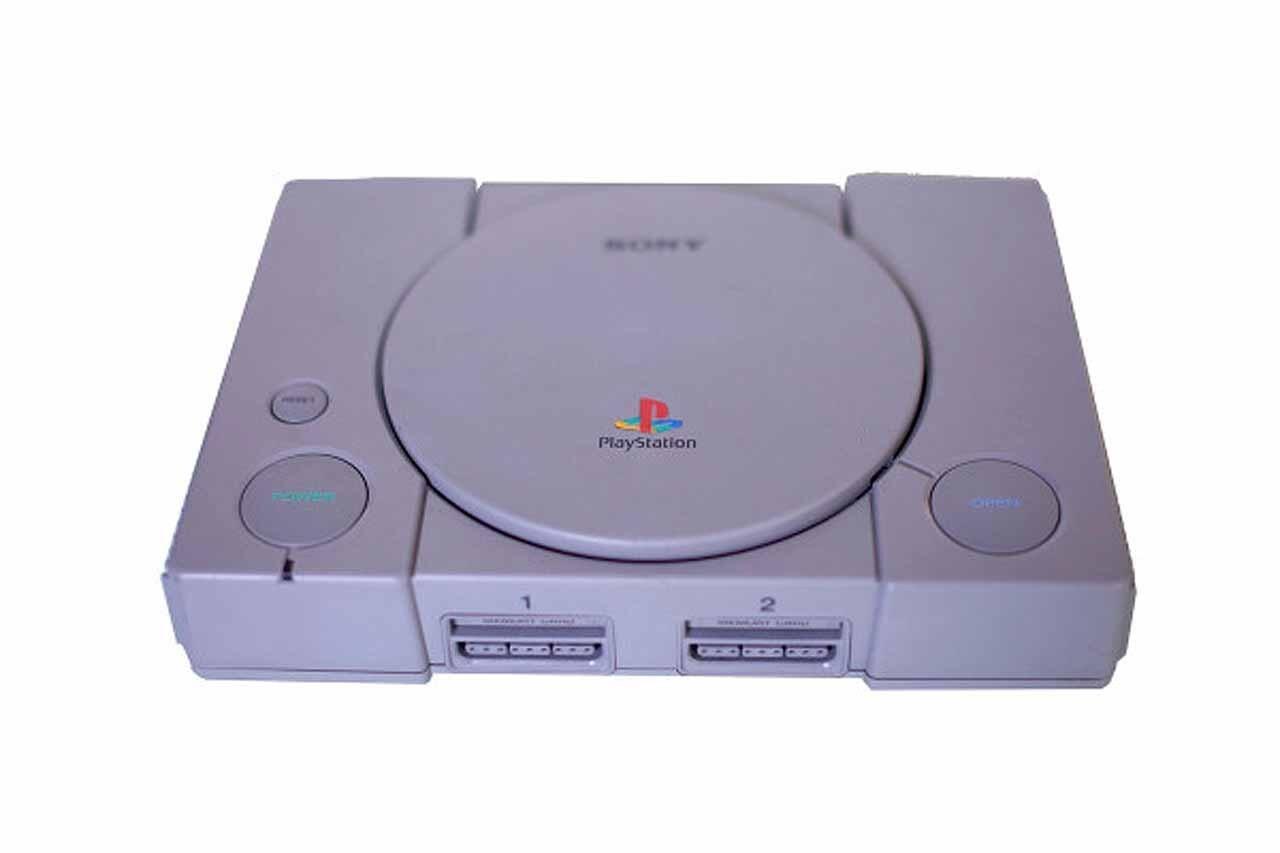
1995: After a failed attempt at creating a disc-based console with Nintendo, Sony Computer Entertainment got into the game with the PlayStation, emphasizing 3-D graphics and more grown-up storytelling with games like “Metal Gear Solid” and “Medal of Honor.” The console’s game CDs were cheaper to produce than cartridges, and Sony courted third-party developers. The PlayStation was the first console to ship 100 million units.
(William Lu / For the Times)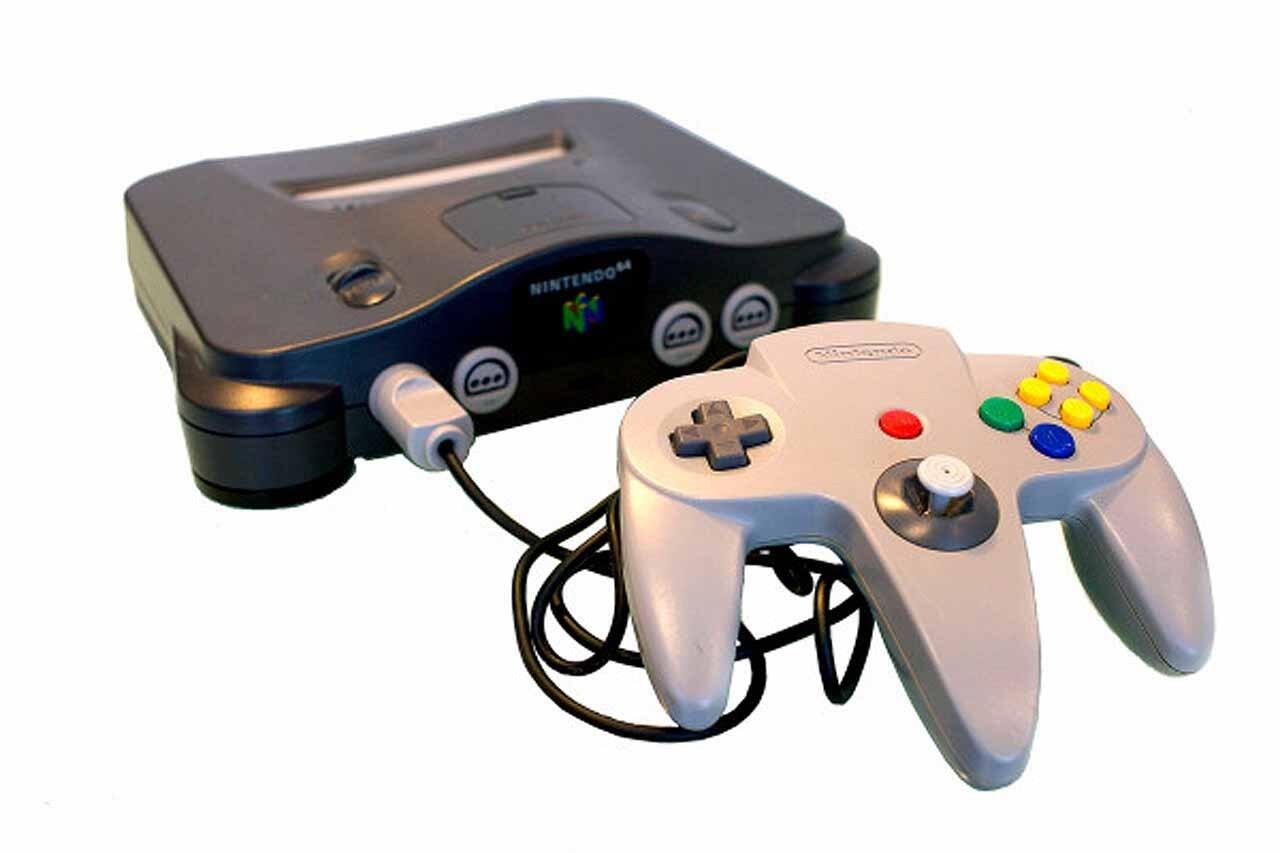
1996: The Nintendo 64 was the company’s last home console to use game cartridges, and many game developers jumped ship, preferring discs for their memory capacity. Though it sold less than the PlayStation , the N64 was home to some extremely popular games, including “Super Mario 64,” which helped pioneer the 3-D platformer; the smash hit “GoldenEye 007”; and “The Legend of Zelda: Ocarina of Time,” which is considered one of the best video games ever made.
(Wasslly Kandinsky / For the Times)Advertisement
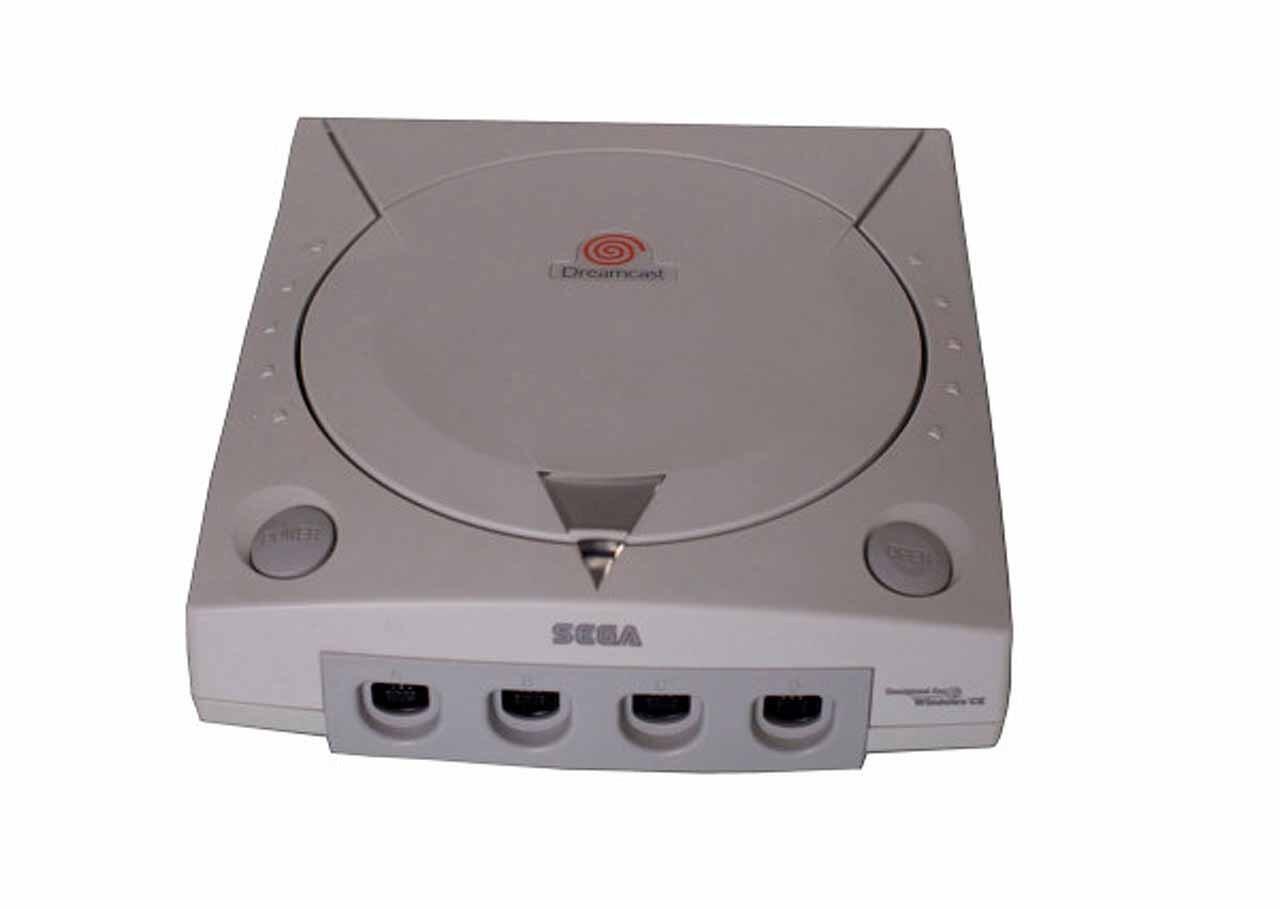
1999: Although the Dreamcast was Sega’s last console and a commercial failure, it left a major mark on the industry. The Dreamcast was the first console with a built-in modem for online play — technology used in “Phantasy Star Online,” the first console massively multiplayer online role-playing game. The Dreamcast lost to the PlayStation 2, which could play DVDs. The console was discontinued in 2001, and Sega refashioned itself as a third-party game company.
(William Lu / For the Times)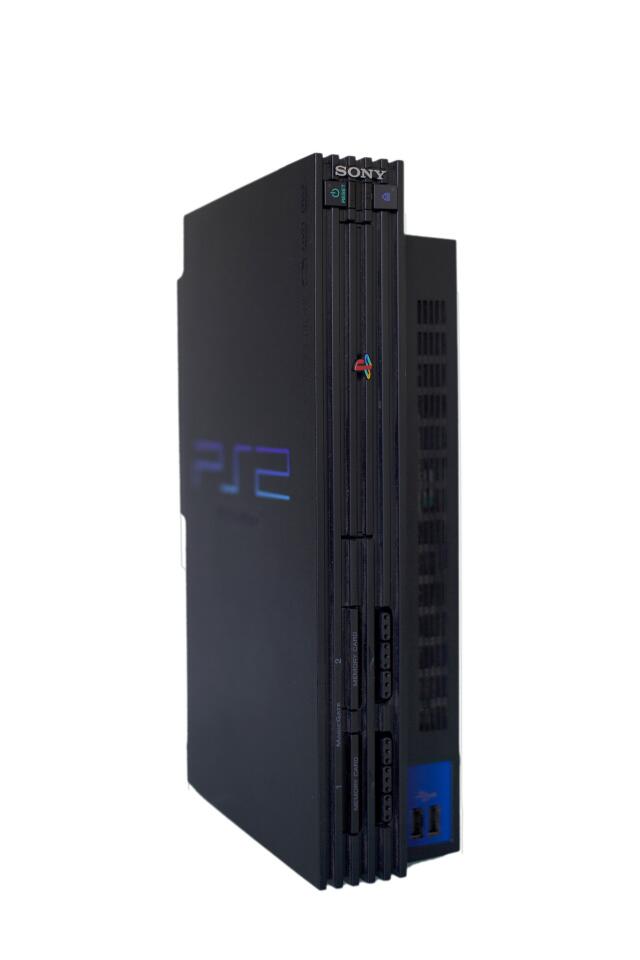
2000: Sony’s PlayStation 2 is the bestselling home console of all time, with more than 155 million units sold. The PS2 was the first console to play DVDs and was home to several major game franchises, including “Kingdom Hearts,” “Guitar Hero” and “Grand Theft Auto.” That it was on the market for more than a decade (discontinued in January 2013) speaks to its technological achievement and popularity.
(William Lu / For the Times)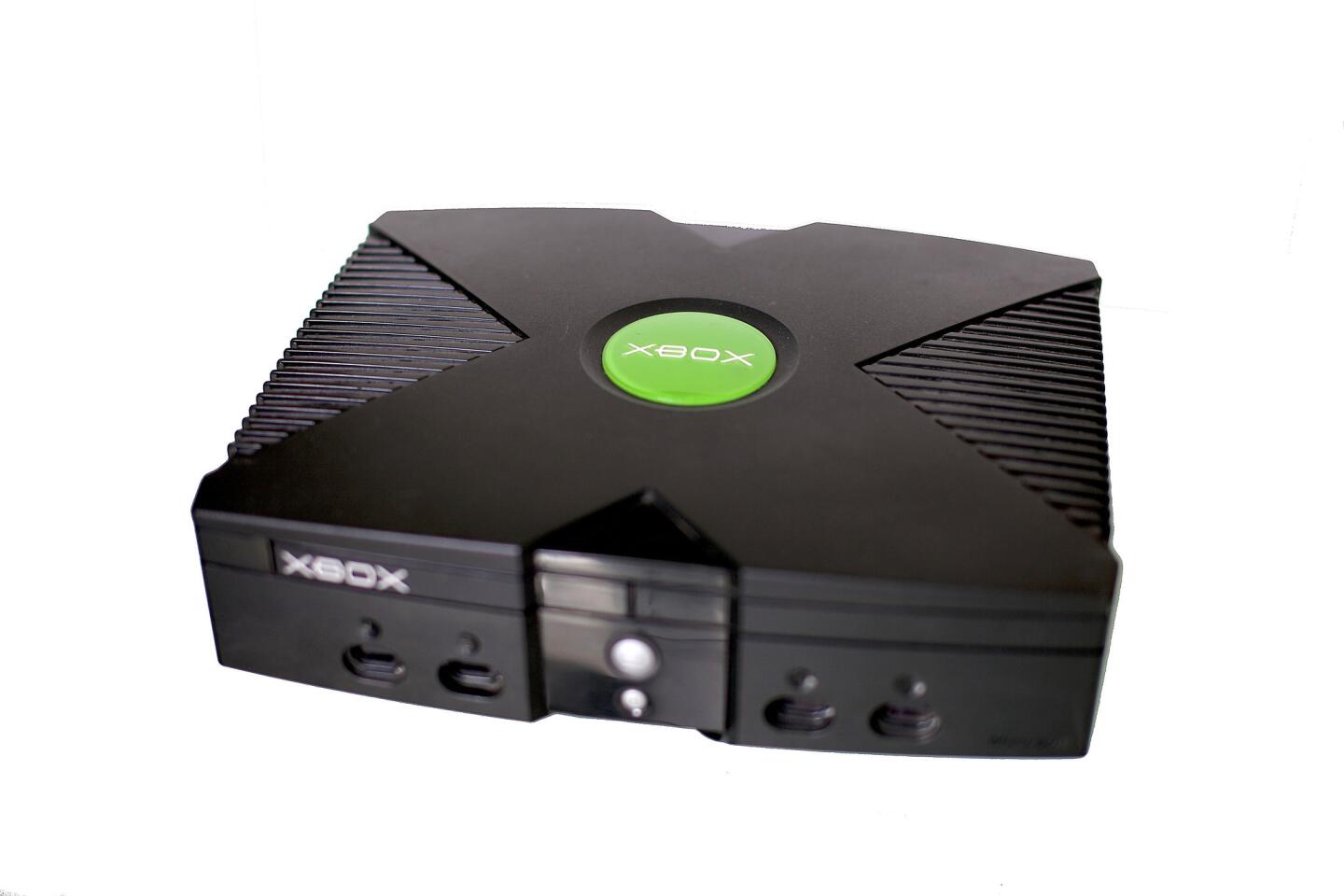
2001: Microsoft entered the fray, establishing its bulky, black Xbox as a direct competitor to Sony’s PlayStation 2. The console featured Xbox Live, an online service that allowed subscribers to connect with other players, giving Microsoft an early edge in online gaming. But the console’s biggest lure was “Halo: Combat Evolved,” an extremely popular first-person shooter and the beginning of Microsoft’s biggest game franchise.
(William Lu / For the Times)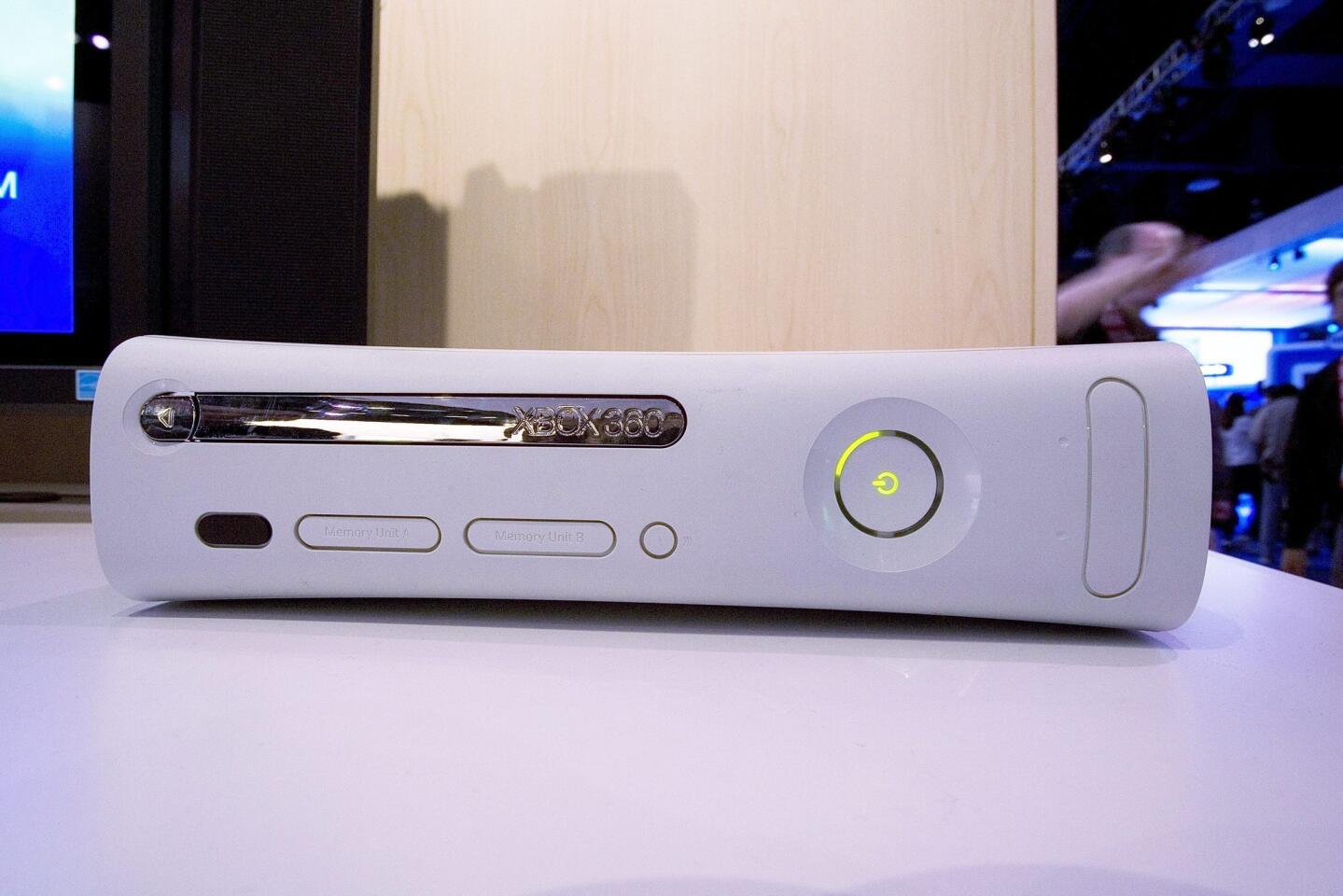
2005: The Xbox 360 was the first high-definition console as well as the first to boast a wireless controller system. The 360 popularized online play, functioned as a home entertainment center with streaming services like Netflix, and introduced game “achievements” and eventually motion gaming capabilities with the Kinect. The console enjoyed a full year on the market before competition arrived and is still in production.
(David Paul Morris / Getty Images)Advertisement
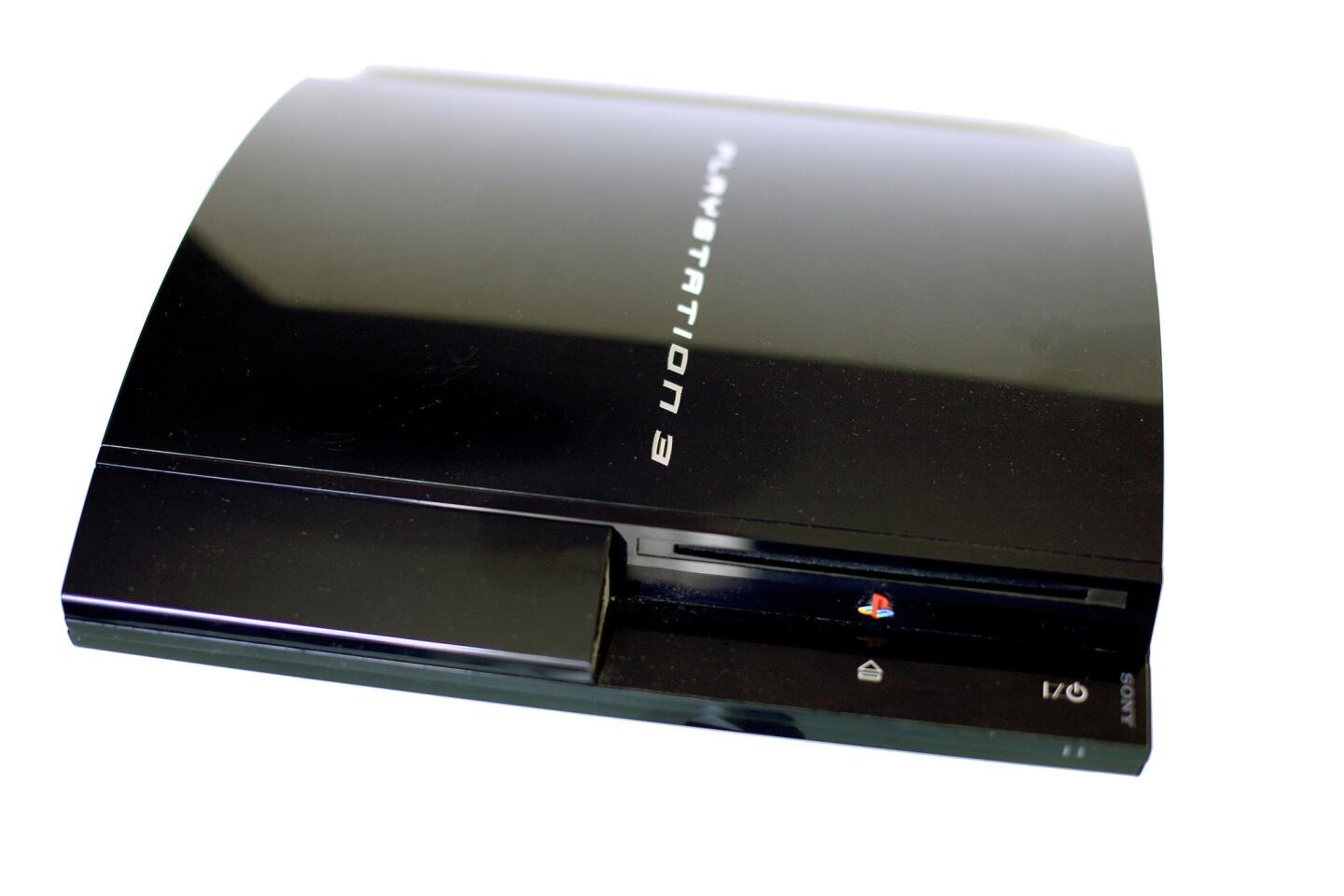
2006: Though Sony’s PlayStation 3 was the first console to integrate Blu-ray technology, it would be several years before the medium became popular. After a lackluster launch, the PS3 eventually gained steam thanks to its PlayStation Network online gaming service, fantastic exclusive games and a 2009 rebranding effort and updated model, the PS3 Slim. Sony has said it will support the console until 2015.
(William Lu / For the Times)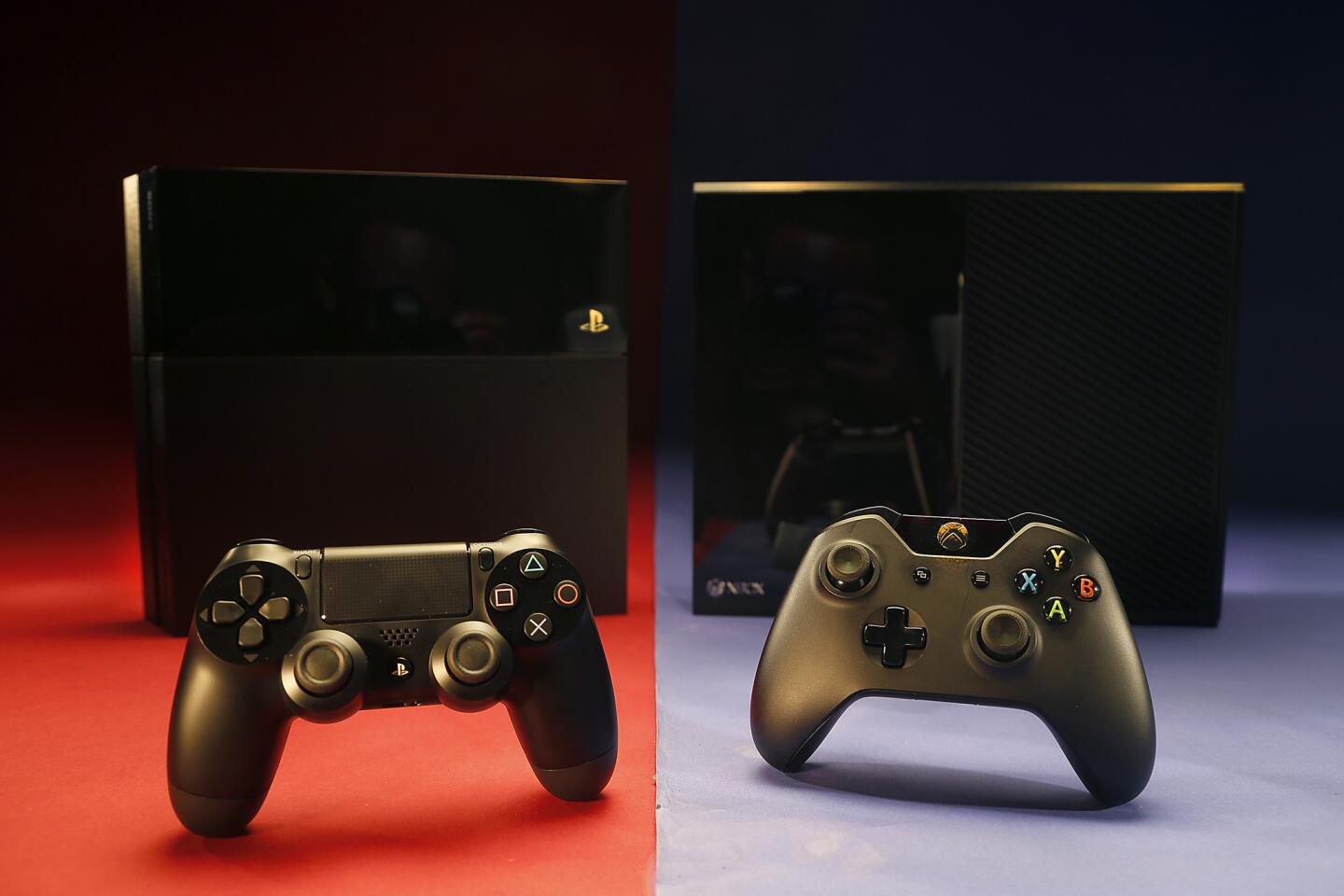
Now: Sony’s PlayStation 4 and Microsoft’s Xbox One, released in 2013, are still duking it out in the market. Which will win remains to be seen. (Kirk McKoy / Los Angeles Times)
(Kirk McKoy / Los Angeles Times)






